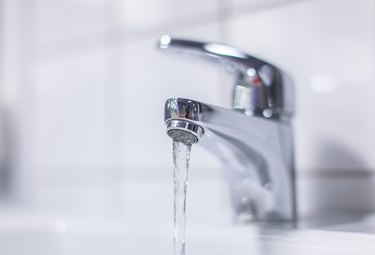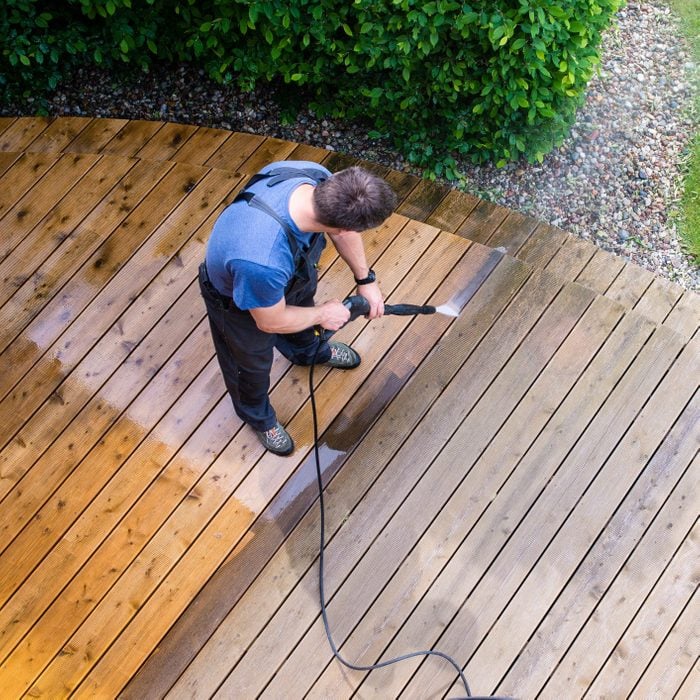This post on the next paragraphs relating to Dealing with Low Water Pressure in Your Home is highly interesting. Read it for your own benefit and see what you think about it.

Low water stress in your house can be an irritating problem, affecting everything from showering to cleaning dishes. If you're experiencing weak water circulation, there are several possible reasons and services to check out. In this guide, we'll review usual reasons for low water pressure and practical actions to deal with the issue efficiently.
Introduction to Low Tide Stress
Low water pressure takes place when the flow of water from your faucets, showers, and various other components is weak than common. This can make daily tasks more difficult and much less efficient. Comprehending the reasons for low water pressure is vital to locating the appropriate option.
Usual Sources Of Low Tide Stress
Pipeline Obstructions
With time, pipes can come to be obstructed with mineral deposits, sediment, or debris, limiting the flow of water. This is an usual issue in older homes with galvanized steel pipelines.
Deterioration
Corrosion within pipelines can cause leakages and lowered water stress. Rust build-up can restrict water flow, especially in aging plumbing systems.
Faulty Stress Regulators
Stress regulatory authorities are responsible for preserving constant water pressure in your house. If they malfunction, it can lead to low water stress or uneven flow throughout your house.
Metropolitan Supply Of Water Issues
Sometimes, the trouble exists outside your home. Community supply of water issues, such as main line leakages or upkeep work, can momentarily minimize water pressure in your location.
How to Diagnose Low Water Pressure
Examining Faucets and Fixtures
Start by evaluating the water pressure at different faucets and components throughout your home. If the problem is separated to certain locations, it might suggest localized troubles.
Checking Pipes
Evaluate noticeable pipelines for indicators of leaks, rust, or clogs. Pay attention to any kind of unusual noises, such as banging or rattling pipes, which can indicate concerns within the plumbing system.
Consulting with a Plumber
If you're unable to pinpoint the cause of low tide stress, think about employing a professional plumber to conduct a thorough assessment. They can recognize underlying problems and suggest suitable options.
Do It Yourself Solutions to Repair Low Water Stress
Cleaning Up Aerators and Showerheads
Mineral deposits can build up in aerators and showerheads, minimizing water flow. Remove and clean up these parts on a regular basis to boost water pressure.
Flushing Hot Water Heater
Sediment build-up in the hot water heater can limit circulation and decrease performance. Flushing the container periodically aids get rid of debris and keep ideal performance.
Checking Pressure Regulator
Make certain that the pressure regulator is operating correctly. Changing or replacing the regulatory authority can help bring back correct water pressure throughout your home.
Clearing Up Clogs in Piping
For minor obstructions, try utilizing a plumbing serpent or chemical drain cleaner to clear blockages in pipelines. Beware when making use of chemicals and follow safety guidelines.
When to Call an Expert Plumber
If DIY initiatives fail to solve the problem or if you suspect considerable plumbing problems, it's best to seek help from a licensed plumber. They have the competence and devices to address complex issues securely and properly.
Safety Nets to Preserve Water Stress
Regular Maintenance
Arrange routine upkeep for your plumbing system to avoid issues such as corrosion, leakages, and clogs. Resolving small issues early can assist avoid even more substantial repairs later.
Installing a Stress Booster
Think about setting up a pressure booster pump to boost water stress in locations with regularly low flow. This can be particularly valuable for multi-story homes or buildings with high-demand components.
Surveillance Water Use
Bear in mind water usage routines and prevent overtaxing the plumbing system. Basic modifications, such as incredible showers and laundry loads, can assist preserve sufficient water stress.
Final thought
Taking care of low tide pressure can be frustrating, however determining the underlying reasons and executing proper solutions can bring back optimum flow throughout your home. Whether it's cleansing aerators, examining pipes, or speaking with a plumber, taking proactive steps can make sure a stable supply of water for your daily demands.
FOUR WAYS TO FIX LOW WATER PRESSURE NOW
Turning on a shower or faucet only to find the water comes out in a sad, slow drizzle is never a good feeling. How exactly are you supposed to wash a pan or take a quick shower when it takes 10 minutes just to rinse off a little soap? The good news is that when your water pressure is bad, there's always a cause: typically one that can be easily fixed. Here are some of the most common causes of low pressure and what you can do to fix the issue:
DEBRIS AND MINERAL DEPOSIT BUILDUPS
If you notice low water pressure from just one or two of the fixtures in your house, the problem likely has to do with debris buildup. Water is full of minerals and other debris, all of which can accumulate in your pipes and on your fixtures. This can cause a blockage that affects how much water flows through. To fix this, try filling a small plastic bag with white vinegar, and use a rubber band to hang it around your showerhead or faucet. Let the head of the fixture soak for a few hours, and the vinegar should loosen the deposits.
WATER LEAKS
Leaks are another common cause of low water pressure. If water is flowing out of your plumbing through a hole or crack before it can reach your fixture, the pressure coming out of the faucet or showerhead will be lower. A plumbing professional is your best bet for finding and repairing a leak in your water supply pipes.
Leaks are another common cause of low water pressure. If water is flowing out of your plumbing through a hole or crack before it can reach your fixture, the pressure coming out of the faucet or showerhead will be lower. A plumbing professional is your best bet for finding and repairing a leak in your water supply pipes.
A VALVE ISSUE
If you have low water pressure throughout your home, check your main shut-off valve to make sure it's completely open. You may also want to see if there's a pressure-reducing valve installed. If there is, have a plumber help you adjust the settings to get the pressure you're looking for.
OTHERS USING WATER
Believe it or not, your low water pressure could be caused by your neighbors. If you notice low pressure at certain times of day, it may be because you and the people living next to you have similar schedules - when everyone is showering at the same time, the pressure will be lower in every home. Low pressure throughout the neighborhood may also be caused by an issue with your municipal water supply. If that's the case, call the supplier to see if they're working on the issue.
https://www.rotorooter.com/blog/water-leaking/low-water-pressure-fixes/

I'm certainly very serious about Low Water Pressure in the House? and I really hope you enjoyed reading the post. Don't hesitate to take the opportunity to promote this entry if you enjoyed it. I take joy in reading our article about 4 Ways to Troubleshoot Low Water Pressure.
Get Quote Now
Comments on “Fast Solutions for Reduced Water Pressure in Your Home”